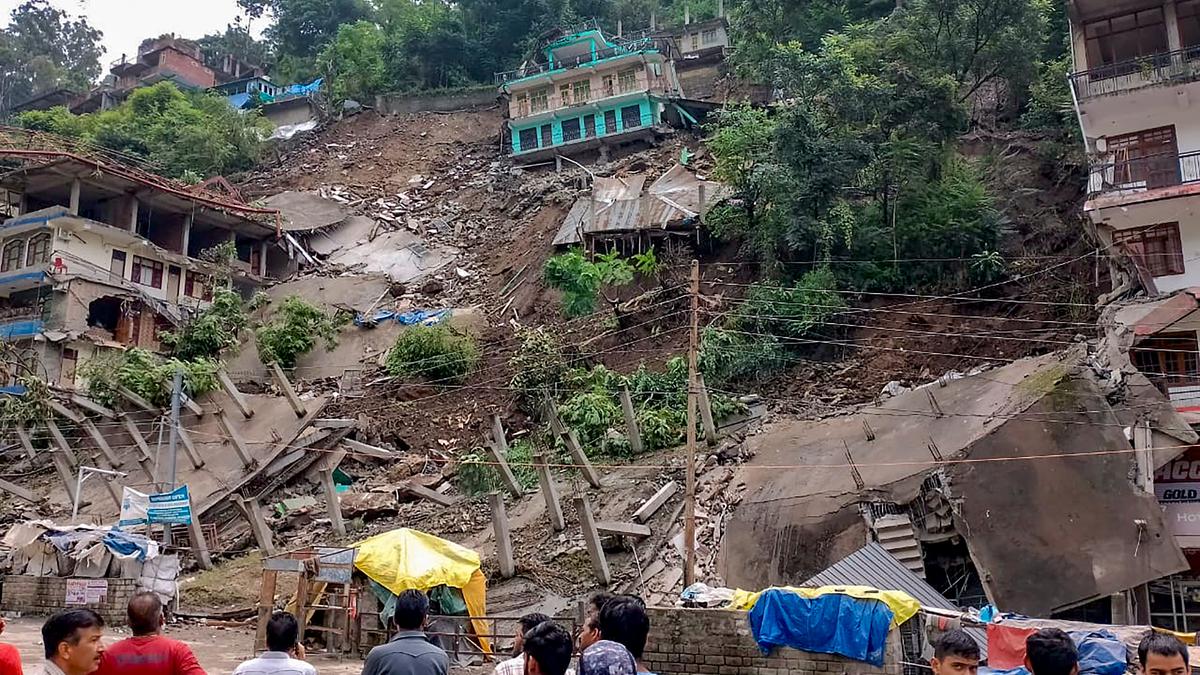
Image Source: theHindu
Introduction
The Himalayas, often referred to as the "Roof of the World," are one of the most valuable ecosystems on the planet. Spanning across several countries including India, Nepal, Bhutan, and Tibet, this majestic mountain range houses diverse flora and fauna while providing vital ecosystem services to billions of people. However, the fragile ecological balance of the Himalayas is under threat due to various factors such as deforestation, climate change, unsustainable tourism, and rapid urbanization. Restoring the ecological health of the Himalayas is crucial to ensure the long-term sustainability of the region and mitigate the adverse impacts of these challenges.
Challenges
1. Deforestation: Deforestation in the Himalayas has been a major concern due to the demand for timber, agricultural, and infrastructure development. The loss of forests not only disrupts wildlife habitats but also contributes to soil erosion, increased landslides, and altered water cycles.
2. Climate Change: The Himalayas are highly vulnerable to the impacts of climate change. Rising temperatures, melting glaciers, and irregular rainfall patterns pose significant risks to biodiversity, water availability, and the livelihoods of local communities. Indigenous species adapted to specific climatic conditions are facing extinction.
3. Unsustainable Tourism: The Himalayas attract millions of tourists each year, generating economic benefits but also causing environmental damage. Improper waste disposal, excessive energy consumption, and unsustainable trekking practices have contributed to pollution, habitat destruction, and disturbance of wildlife.
4. Rapid Urbanization: Rapid urbanization in the Himalayas has resulted in unplanned infrastructure development, leading to encroachment on vulnerable ecosystems. Urban expansion puts pressure on water resources, increases pollution levels, and disrupts natural habitats, further exacerbating ecological degradation.
Solutions
1. Afforestation and Reforestation: One of the key solutions to restore the ecological health of the Himalayas is to promote afforestation and reforestation efforts. Reforestation can help restore degraded areas and protect against soil erosion. Community-based initiatives and government-led programs can encourage local participation in tree planting activities and sustainable forest management.
2. Climate Change Adaptation: Building resilience to climate change is crucial for the survival of the Himalayan ecosystem. Implementing strategies such as watershed management, promoting climate-smart agriculture, and developing climate-resilient infrastructure can help minimize the impacts of climate change and protect vulnerable communities.
3. Sustainable Tourism Practices: Encouraging sustainable tourism practices is essential to balance economic gains with environmental conservation. Regulations on waste management, energy consumption, and ecotourism certifications can ensure that tourism activities minimize harm to the delicate ecosystem. Educating tourists about responsible behavior and supporting local communities in their efforts to adopt sustainable tourism practices are vital steps.
4. Planned Urbanization and Ecological Restoration: Adopting a holistic approach to urbanization by incorporating ecological restoration practices can mitigate the negative impacts of urban development. Implementing green infrastructure, encouraging waste recycling and water management systems, and protecting natural corridors within cities can help restore the ecological balance and promote sustainable urbanization.
Role of Stakeholders
1. Government: Governments of countries in the Himalayan region play a crucial role in implementing policies and regulations to protect the ecological health of the mountains. They need to strengthen forest conservation efforts, promote sustainable tourism practices, and invest in climate change adaptation measures.
2. Local Communities: Local communities residing in the Himalayas are key stakeholders in ecological restoration. Their active participation in afforestation programs, sustainable agriculture initiatives, and community-based conservation projects is essential for long-term success.
3. NGOs and Civil Society: Non-governmental organizations and civil society groups play a significant role in raising awareness, advocating for policy changes, and supporting local communities in implementing sustainable practices. Their expertise can be utilized to develop and execute ecological restoration projects.
Conclusion
The restoration of the ecological health of the Himalayas requires collective efforts from all stakeholders. Governments, local communities, NGOs, and civil society organizations need to work together to address the challenges of deforestation, climate change, unsustainable tourism, and rapid urbanization. By implementing solutions such as afforestation, climate change adaptation, sustainable tourism practices, and planned urbanization, the Himalayas can regain their ecological balance and continue to provide vital ecosystem services to millions of people.